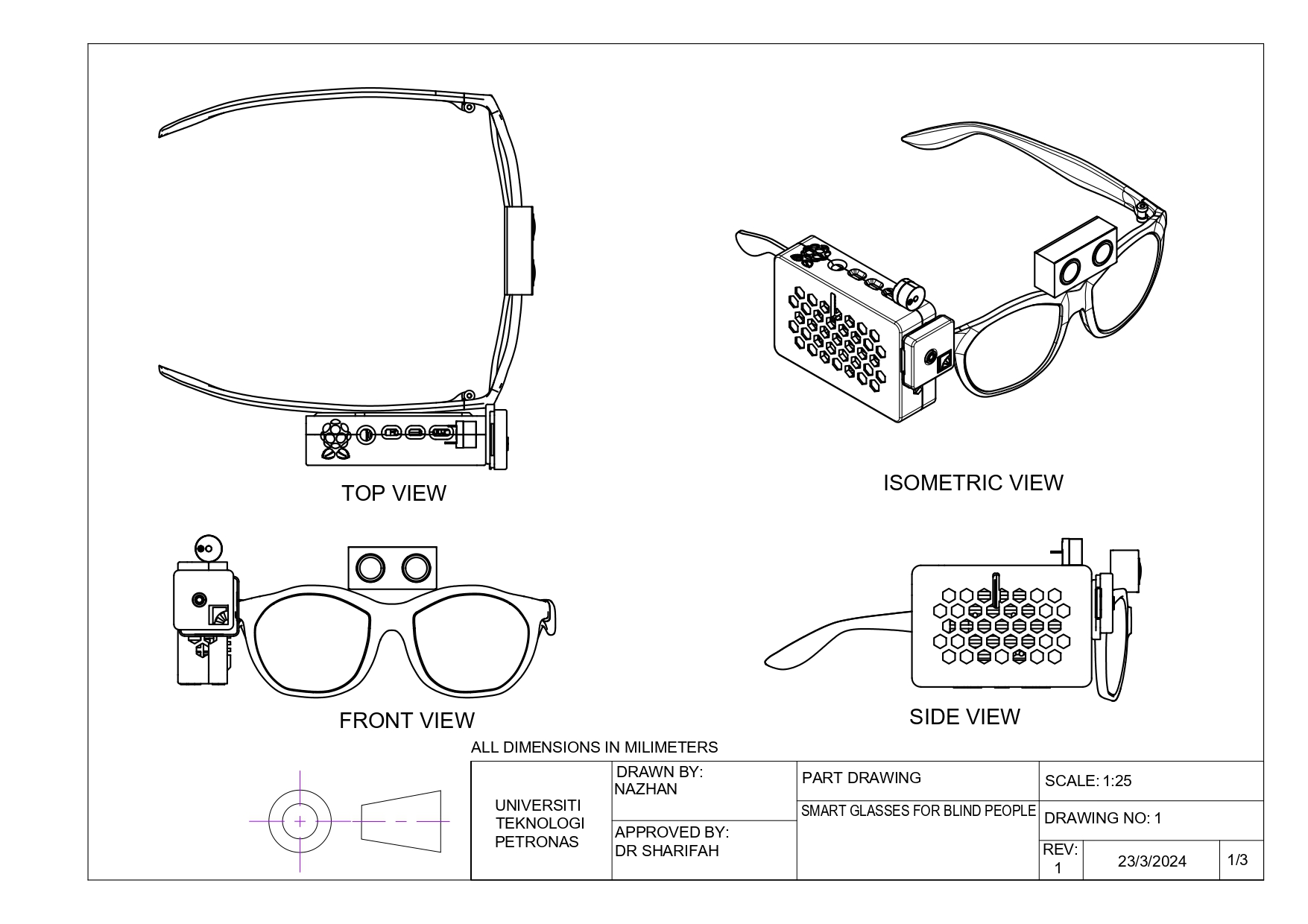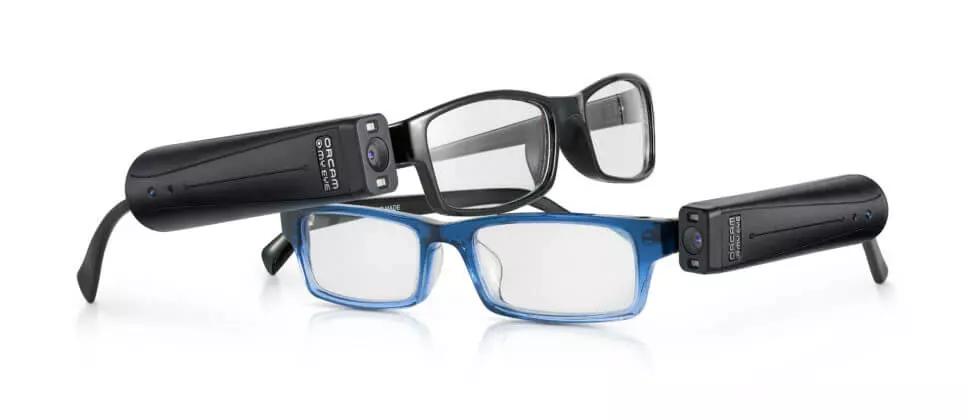Mobility Aids for Visually Impaired Users: Enhancing Independence and Navigation
Cutting-edge Solutions in Assistive Modern Technology for Visual Disability
The landscape of assistive modern technology for aesthetic problems is developing rapidly, offering a range of ingenious options that boost access and freedom. From sophisticated mobile phone applications that facilitate navigating to wearable tools developed for real-time advice, these tools are reshaping the experiences of those with visual problems. Moreover, the assimilation of clever home technologies and instructional sources has the possible to cultivate better community involvement. The effects of these developments elevate crucial inquiries concerning their access and performance in diverse contexts, warranting a better exam of their broader influence.
Advancements in Mobile Phone Applications
In recent times, innovations in smart device applications have substantially transformed the landscape of assistive modern technology for people with aesthetic problems. These applications take advantage of the effective sensing units and abilities of contemporary mobile phones to provide users with devices that boost self-reliance and availability in their lives.
Significant amongst these innovations are applications developed for things acknowledgment, which use the smartphone's camera to determine products and offer spoken descriptions. Such features empower customers to browse their atmospheres extra successfully, whether identifying items in shops or finding individual belongings in the house. Additionally, text-to-speech applications have improved significantly, making it possible for individuals to record printed message through their device's camera and get instant audio comments, therefore facilitating reading and understanding.
Navigating applications customized for visually damaged individuals have likewise emerged, providing acoustic advice and in-depth place info. These devices offer crucial assistance for mobility, allowing customers to traverse unknown rooms with confidence. Community-driven applications have actually promoted social interaction and resource sharing amongst people with visual disabilities, producing a helpful network that boosts their top quality of life. In general, smart device applications have become important allies in advertising freedom and ease of access for individuals with visual disabilities.
Wearable Gadgets for Navigation
Wearable tools for navigating have actually arised as a groundbreaking remedy for individuals with visual problems, supplying hands-free aid that improves flexibility and positioning. These tools commonly utilize sophisticated modern technologies, consisting of GPS, ultrasonic sensors, and man-made intelligence, to offer real-time comments and instructions to users as they browse their setting.
One notable example of wearable navigating technology is clever glasses, which can spot barriers and relay auditory or haptic comments to the wearer, permitting secure and effective movement in different settings. Other devices, such as vests and belts furnished with sensing units, can likewise educate individuals of their environments by supplying informs about close-by things or modifications in surface.
In addition, several wearable tools incorporate with mobile phone applications, enabling individuals to tailor their navigation choices and receive customized course recommendations. This customization can substantially boost the individual experience, equipping individuals to take a trip with greater confidence and independence.
As modern technology continues to create, the capacity for wearable navigation gadgets to boost the lifestyle for people with aesthetic impairments continues to be considerable, leading the way for more inclusive and available environments.
Smart Home Innovation Combination

Additionally, smart devices outfitted with tactile interfaces or acoustic feedback supply intuitive communications that cater specifically to the demands of those with visual impairments. For wikipedia reference example, clever fridges can announce their components and expiry days, while smart ovens can direct individuals with the cooking process with audio instructions.
Home automation systems, such as clever doorbells and protection video cameras, supply comfort by enabling users to obtain informs and gain access to live feeds via their smart phones, boosting personal safety (AI-powered visual aids). Furthermore, assimilation with smart devices and tablet computers makes certain that individuals can handle their home setting from anywhere within their premises
As wise home modern technology remains to progress, it holds the possible to change the living experiences of people with aesthetic problems, cultivating self-reliance and improving lifestyle in a progressively linked globe.

Educational Devices and Resources
Access to effective instructional devices and resources is vital for people with aesthetic problems, as it empowers them to involve fully in their discovering experiences. Various assistive modern technologies have actually been created to improve availability and foster independent discovering.
Moreover, academic software specifically developed for aesthetically impaired users supplies functions such as high-contrast modes and personalized text sizes. These tools suit varied knowing designs and make certain that pupils can tailor their educational experience to their demands.
In addition, accessibility to audio books and digital libraries broadens the series of offered knowing materials, allowing trainees to discover topics extensive without the constraints imposed by traditional print resources. Collaborative platforms that include ease of access attributes likewise facilitate group tasks, making sure that visually impaired trainees can add meaningfully together with their peers.
Community Assistance and Interaction
A robust network of community support and engagement his response is important for people with aesthetic impairments, fostering a comprehensive atmosphere where they can thrive. Neighborhood organizations, local campaigning for groups, and volunteers play an essential role in giving sources, information, and friendship, which are essential for boosting the lifestyle for those affected by visual impairments.
Involvement tasks such as workshops, get-togethers, and support teams not just assist in ability development but also promote social communication, minimizing feelings of isolation. These efforts encourage individuals to share successes, experiences, and obstacles, thereby enhancing neighborhood bonds. Furthermore, partnerships with regional organizations can bring about higher availability in public areas, additionally integrating people with aesthetic disabilities into the community.
Modern technology additionally enhances neighborhood engagement via on-line systems that use online support system and sources, permitting people to attach no matter geographical barriers. By taking advantage buy eyeglasses of both digital and in-person services, neighborhoods can produce an extensive assistance network. Ultimately, cultivating collaboration amongst numerous stakeholders-- including families, educators, and healthcare professionals-- makes certain that individuals with aesthetic problems receive the alternative assistance needed to browse day-to-day live properly and with self-respect.
Conclusion
Innovative services in assistive technology for aesthetic impairment significantly boost the quality of life for people encountering these obstacles. The integration of mobile phone applications, wearable devices, wise home modern technology, and academic devices promotes greater self-reliance and access.
The landscape of assistive technology for aesthetic disability is advancing quickly, providing a range of cutting-edge remedies that improve access and self-reliance. Community-driven applications have fostered social communication and resource sharing among individuals with aesthetic problems, developing an encouraging network that improves their high quality of life. Overall, mobile phone applications have come to be essential allies in promoting freedom and access for individuals with visual disabilities.
Many people with aesthetic disabilities are finding better freedom via the combination of smart home innovation.Cutting-edge services in assistive modern technology for aesthetic impairment considerably improve the quality of life for people dealing with these difficulties.